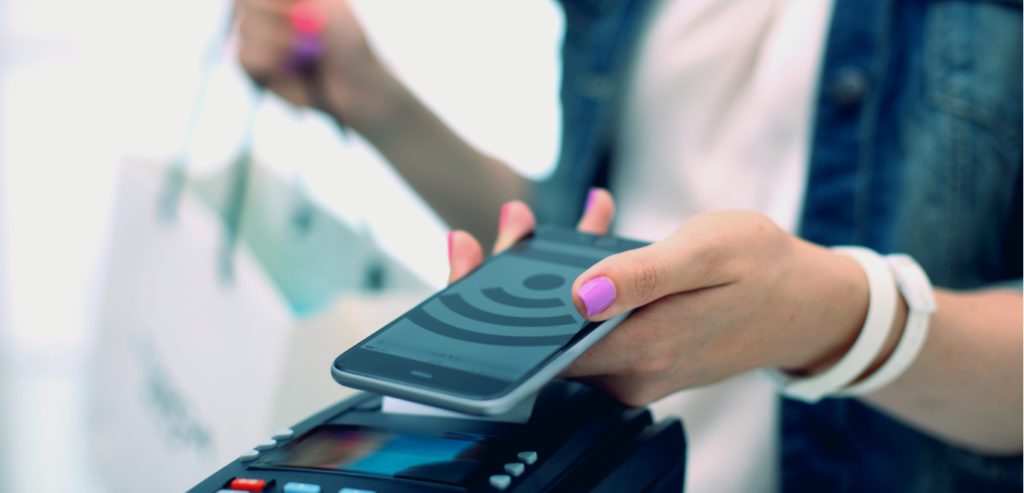
Rafael Lourenco, executive vice president and partner at ClearSale
After more than a year of pandemic-related disruption in nearly every aspect of our lives, we’re finally getting a clear picture of how much the coronavirus disrupted the pace of the retail industry’s digital transformation. Before the crisis, digital upgrades were a matter of retailers’ organizational priorities and budgets. The switch to contactless shopping changed all of that, and many of those changes—from new payment options to new fraud control challenges—are here to stay.
The pandemic was the fuel that accelerated the digital transformation and forced companies to accomplish in a few months what they might have otherwise done over several years. For example, McKinsey calculated that North American companies made three years’ worth of improvements in digital customer interaction in 2020.
The driving force behind that acceleration was the vast increase in online spending. A new Mastercard report found that global online spending increased by $900 billion from 2019 to 2020, and the company estimates that as much as 30% of that spending shift is permanent. That has ongoing implications for retailers and the digital transformations they must make and maintain.
Retailers need to provide real-time product availability information
One of the first customer experience issues that arose from the sudden shift to online shopping was product availability. Shoppers quickly found that many basic grocery items and household goods were out of stock online. Another common frustration was that items appeared to be in stock on merchants’ websites but weren’t really there. Products showed up as out of stock at checkout, or in some cases, customers discovered what was out of stock customers places orders. By April 2020, 72% of consumers said they were “much more” aware of product availability than pre-pandemic.
Because of the pandemic, contactless payment options are vital from now on
Worldwide consumer adoption of contactless payment methods grew by 90% in 2020. Some stores could debut efficient curbside and in-store pickup processes quickly, but others left customers waiting at the curb for employees to find their orders. Over time, most retailers improved both their websites’ stock level data and their curbside processes.
After quickly pivoting to meet consumers’ new expectations, retailers found themselves offering more contactless and digital touchpoints than before the pandemic. According to a Salesforce report released in May, 52% of retailers expanded or rolled out contactless payment options since the pandemic began, 48% have expanded or launched buy online, pick up in store (BOPIS), and 45% have expanded or debuted curbside pickup. These are now standard offerings that many stores might have otherwise delayed implementing.
The recession that hit at the start of the pandemic also changed the way consumers wanted to pay. Adobe found that the number of people using “buy now, pay later (BNPL) options for their online purchases rose 215% from early 2020 to early 2021, reflecting a desire to avoid carrying credit card balances. Last year, 40% of millennials said they’d used BNPL, and the competition to provide BNPL services to merchants intensified. Now, offering BNPL can be a competitive differentiator for retailers.
Fraud management changed as consumer behavior changed
Whenever consumer behavior changes, fraudsters change their tactics, too. We saw several notable shifts in ecommerce fraud tactics in 2020, and those are likely to persist along with new consumer habits.
- The pandemic decreased the effectiveness of rigid, automated CNP fraud prevention rules. Much fraud-screening technology depends on comparing customer behavior to typical customers and past conduct by the same customer. But those tools struggled to deal with many people suddenly buying in bulk, requesting express delivery, shopping for items they’d never purchased online before, and shipping new addresses.
- The solution is to adjust rules as consumer behavior evolves and manually review flagged orders rather than reject them automatically to reduce false declines. That’s critical for customer retention because, in March 2020, Sapio Research found that 39% of consumers will never return to an online store after a retailer rejects an order.
- BOPIS and curbside pickup fraud schemes increased in 2020 and will likely persist. Fraudsters quickly learned that they could use stolen cards to place online orders and collect the goods within a couple of hours. To combat this kind of fraud, retailers need to scale up or outsource their fraud screening and manual reviews to detect fraud quickly before thieves pick up the goods.
- Buy Now, Pay Later fraud is driving identity theft claims. BNPL-related cases of identity theft doubled in Australia in 2020. Authorities say that fraudsters use stolen consumer data to open BNPL accounts and make purchases without raising fraud flags. Merchants who offer BNPL should ensure their fraud program is advanced enough to look for nuanced cases of possible identity fraud, which systems should flag for manual review.
- Account takeover (ATO) fraud is a growing problem for retailers. Nearly half (45%) of retailers worldwide reported a rise in ATO fraud in 2020. There’s no reason to expect it will slow in 2021 because data breaches exposed so many consumers’ passwords—and because so many people reuse their passwords across many sites.
- Friendly fraud has increased, due in part to how easy it is for individuals to commit and the rationalization offered by the pandemic recession. To prevent customers from filing chargebacks claiming that they never received their orders, merchants can implement end-to-end order tracking and delivery confirmation.
The pandemic pushed digital transformation ahead of schedule
As consumers continue to seek out contactless digital shopping experiences, merchants need to keep pace with their customers’ expectations. They also need to keep up with the evolution of fraud tactics targeting their industry. And they need to keep up with what’s next in retail technology so they can be ready for the next must-have features and fraud challenges that emerge.
ClearSale provides online retailers with fraud-prevention technology and services designed to protect against chargebacks.
Favorite